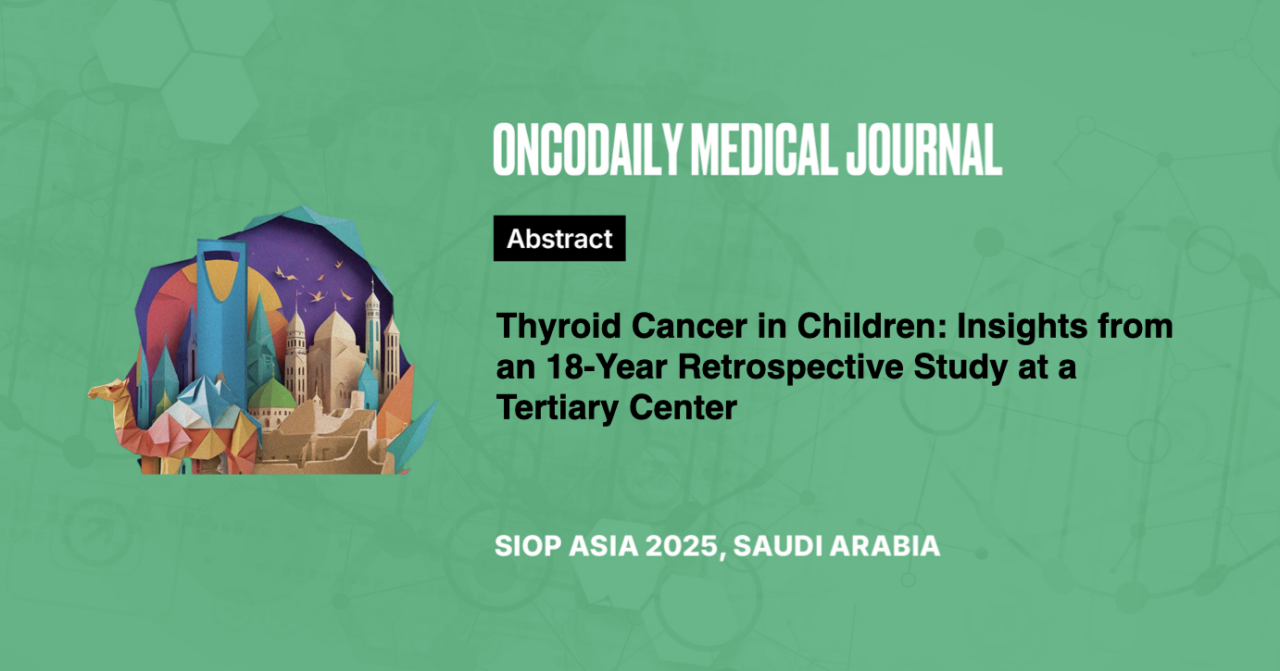Thyroid Cancer in Children: Insights from an 18-Year Retrospective Study at a Tertiary Center
Abstract
Introduction: Thyroid cancer is rare in children but represents the most common endocrine malignancy in this age group. Pediatric thyroid cancer exhibits distinct biological behavior compared to adults, characterized by higher rates of lymph node (LN) involvement and distant metastases, yet with a favorable overall prognosis. This study evaluates the clinicopathological features, treatment outcomes, and survival rates of children diagnosed with thyroid cancer.
Methodology: A retrospective analysis was performed on pediatric patients (≤18 years) diagnosed with thyroid cancer between January 2004 and December 2022 at King Hussein Cancer Center, Jordan. Data included demographics, clinical presentation, histopathology, staging, treatment details, and follow-up outcomes. Statistical analyses examined survival rates, recurrence patterns, and prognostic factors.
Results: The study included 25 children, predominantly female (n=19, 76%). The median time to presentation was 2 months (range: 0.5–60). Papillary thyroid carcinoma (PTC) was the most common subtype (96%), with one case of medullary thyroid carcinoma, not MEN associated. Regional LN involvement was present in 84% of patients, and 16% (n=4) had lung metastases at diagnosis.
All patients underwent total thyroidectomy with LN dissection, and 92% received radioactive iodine therapy (median dose: 100 mCi; range: 50–905 mCi). After a median follow-up of 6.2 years (range: 0.5–20.1), the 5-year and 10-year overall survival rates were 100% and 93%, respectively. Recurrence occurred in 32% of cases (n=8), primarily in regional LNs. Age, sex, LN metastasis, and distant metastases were not associated with an increased risk of recurrence.
Conclusion: Thyroid cancer in children presents with unique clinical features, including high rates of LN involvement and distant metastases, yet it is associated with excellent long-term survival. Although recurrence is relatively common, it does not significantly affect overall survival. These findings emphasize the importance of comprehensive initial treatment and vigilant long-term follow-up to manage this disease effectively.





